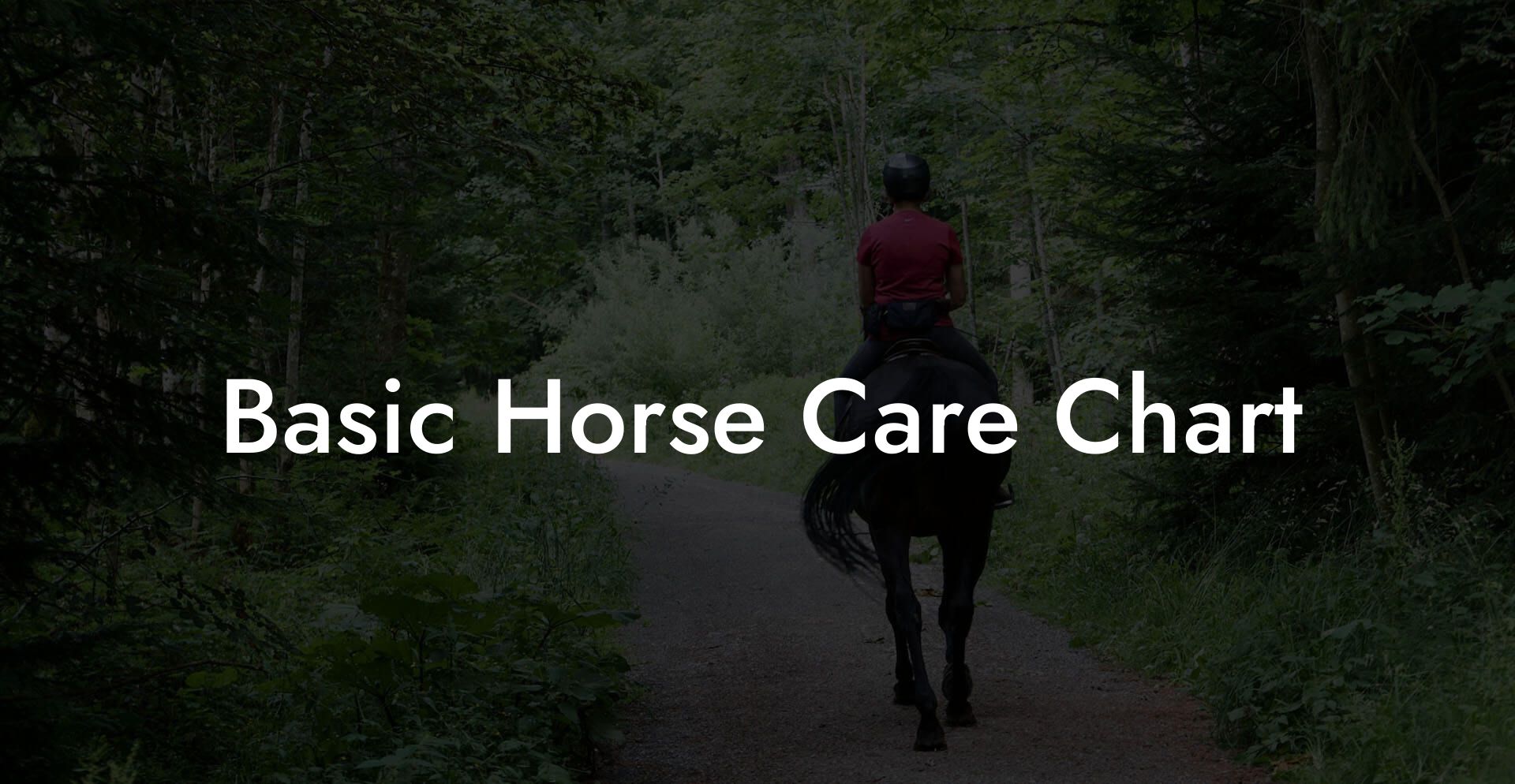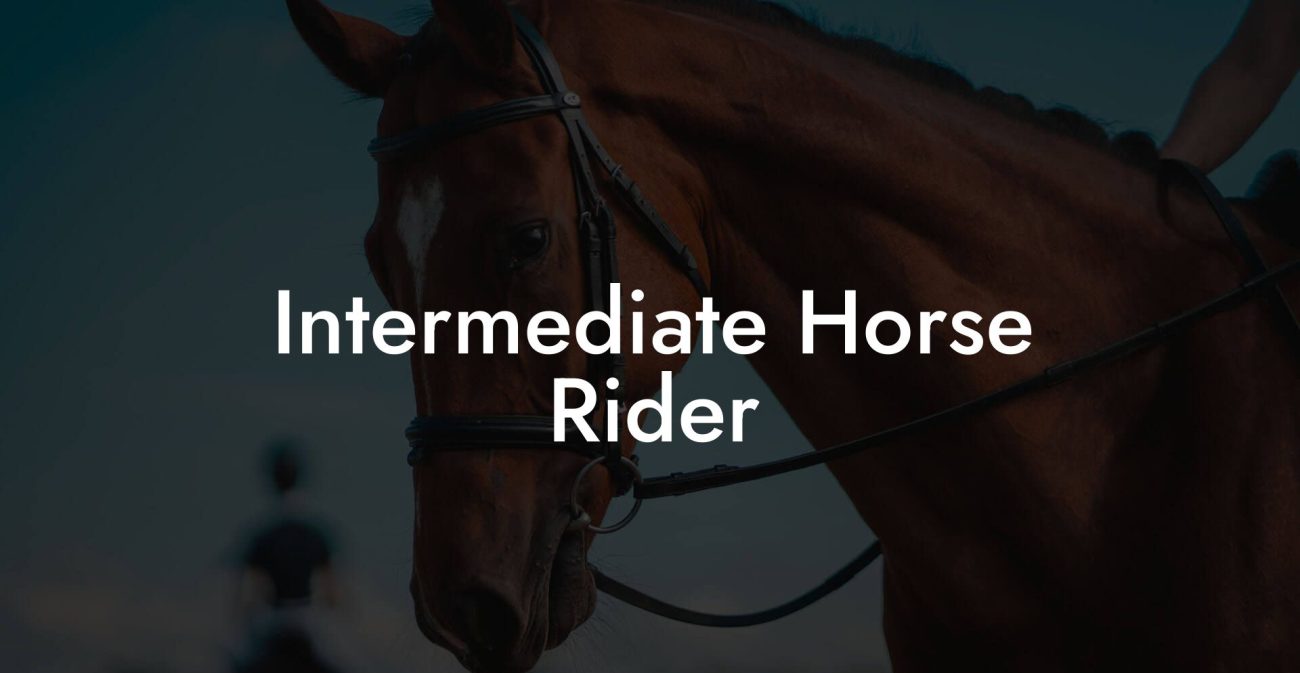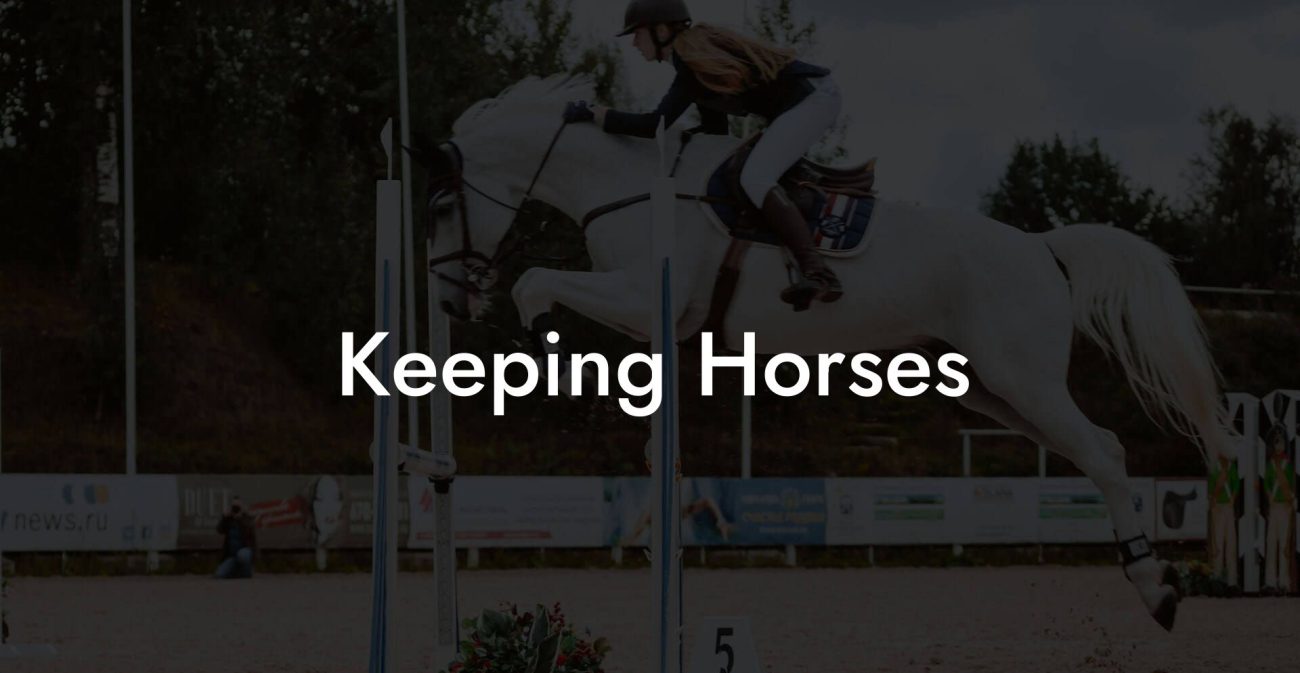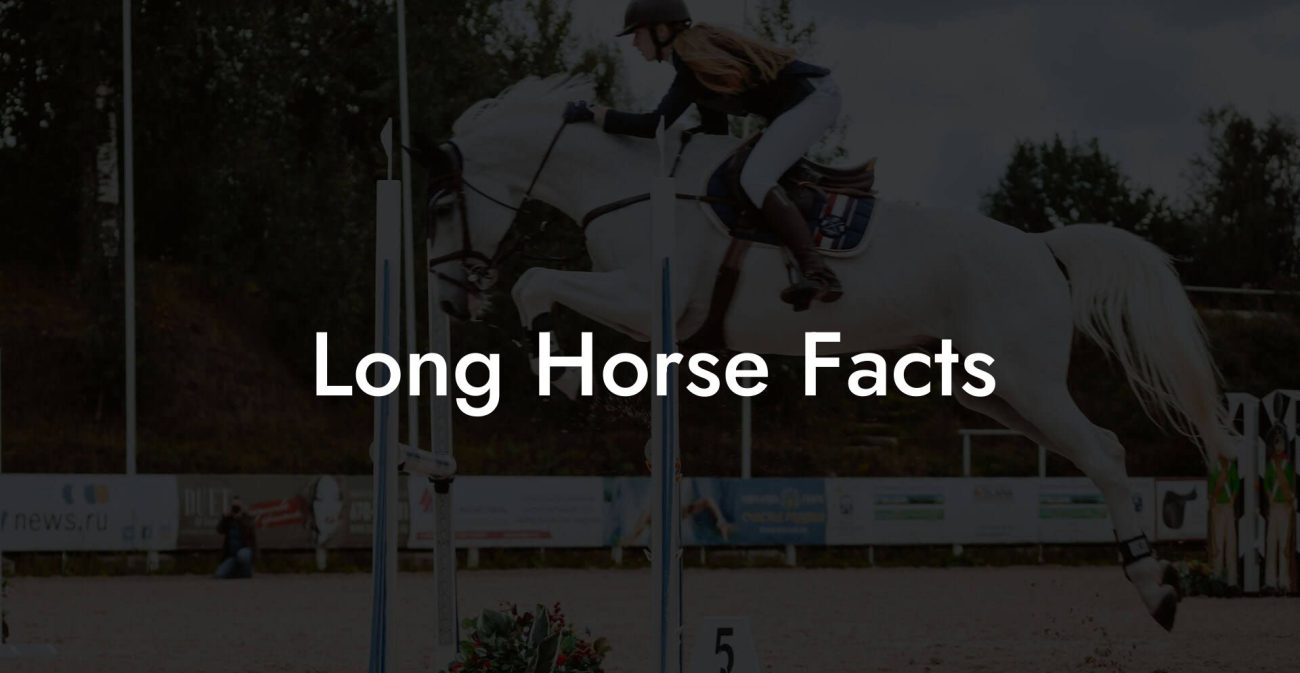Ever wondered what it takes to keep your equine bestie thriving while juggling a busy life of memes, midnight snack runs, and that never-ending to-do list? This isn’t your grandma’s horse care manual, it’s a modern, down-to-earth roadmap for caring for your equine companion like the cool, confident, and caring mentor you are. From feeding secrets and grooming hacks to stable magic and emergency vet vibes, this Basic Horse Care Chart has got you (and your horse) covered!
Quick Links to Useful Sections
- What Is the Basic Horse Care Chart All About?
- Your Daily Feed: nutrition Essentials for a Happy Horse
- The Power of Forage
- Supplemental Feeds: Grains and Beyond
- Hydration: The Underrated Hero
- Vitamins and Minerals: The Micronutrient Must-Haves
- Grooming: More Than a Brushing Ritual
- Daily Brushing Habits
- Mane and Tail Management
- Hoof Care: The Foundation of Health
- Stable Management: Crafting a Cozy Home for Your Horse
- Designing an Efficient Space
- Cleanliness is Next to Horse-Liness
- Sustainable Practices in Stable Management
- Health and Vet Care: Staying Ahead of the Curve
- Routine Health Checks
- Recognizing the Red Flags
- Emergency Protocols
- Exercise and training: Keeping Your Horse Fit and Fabulous
- Daily Exercise Essentials
- Structured Training Sessions
- Mixing Technology with Tradition
- Integrative and Holistic Approaches to Horse Care
- Mindful riding and Relaxation
- Natural Remedies and Alternative Therapies
- Holistic Healing: Body, Mind, and Hoof
- Resources and Community Support: Your Next Steps
- Case Studies: Real-Life Tales of Equine Excellence
- Case Study 1: From Frazzled to Fabulous, A New Owner’s Journey
- Case Study 2: Revamping a Traditional Stable with a Modern Twist
- Case Study 3: Bringing Technology to the Pasture
- Creating Your Personalized Horse Care Plan
- Step 1: Conduct a Comprehensive Health and Routine Assessment
- Step 2: Define Clear and Achievable Goals
- Step 3: Integrate Various Approaches
- Step 4: Establish a Routine and Leverage Technology
- Step 5: Review, Refine, and Rejoice
- Frequently Asked Questions About Basic Horse Care
- Your Path to Equine Empowerment
What Is the Basic Horse Care Chart All About?
Think of this chart as your cheat sheet for all things horse care, a dynamic guide that combines evidence-based care techniques with quirky tips and tech-savvy hacks that speak your language. This isn’t just about filling a bucket with hay and brushing your horse once in a blue moon. It’s about integrating daily routines, nutritional know-how, and a sprinkle of modern lifestyle adjustments to turn horse care into a smooth, rewarding experience.
The Basic Horse Care Chart is designed to help you navigate the essentials of equine health and management, from understanding your horse’s nutritional needs to mastering grooming techniques, maintaining a clean and safe stable, and even identifying when it’s time to call in a vet. Whether you’re a new owner still learning the ropes or a seasoned equestrian looking for fresh insights, this guide provides an in-depth look at every aspect of horse care, all while keeping it real, relevant, and totally relatable.
We’re here to break down the basics in language that’s anything but stodgy. Embrace the journey with humor, heart, and a little bit of horse-inspired magic, your equine companion will thank you for it!
Your Daily Feed: nutrition Essentials for a Happy Horse
Fueling a horse isn’t as simple as tossing them a carrot (though carrots do have their place!). Understanding what your horse needs nutritionally is crucial for their overall well-being and performance. The goal is to strike a balance between traditional feeding practices and modern nutritional science.
The Power of Forage
At the heart of any good equine diet is forage, fresh, high-quality hay or pasture. Horses are natural grazers, and their digestive systems are built to process a steady supply of fiber from grasses. Forage helps maintain healthy digestion, prevents colic, and keeps your horse’s weight in check. Whether it’s Timothy hay or a rich mixed-grass blend, quality forage is non-negotiable.
Supplemental Feeds: Grains and Beyond
While forage should make up the majority of your horse’s diet, supplemental grains (oats, barley, etc.) may be necessary for those extra bursts of energy. However, be mindful, more isn’t always better. It’s important to tailor supplemental feeds to your horse’s activity level, age, and metabolism. Overfeeding grains can lead to digestive issues and metabolic disorders, so consider consulting a nutrition specialist for customized recommendations.
Hydration: The Underrated Hero
Water is the unsung hero of equine life. Fresh, clean water is essential for digestion, nutrient absorption, and overall health. Your horse should have constant access to water, especially in warmer climates or after strenuous activity. Consider investing in a water trough that’s easy to clean and refill, your horse will drink more, and you’ll avoid those dreaded dusty water buckets.
Vitamins and Minerals: The Micronutrient Must-Haves
Just like us, horses need a mix of vitamins and minerals to thrive. Key elements include calcium, phosphorus, magnesium, and vitamins A, D, and E. Depending on your horse’s life stage and activity level, a tailored supplement regimen might be necessary. Keep an eye on your horse’s coat, hooves, and overall energy levels, these are often early indicators of nutritional imbalances.
In a nutshell, treating your horse’s diet like a gourmet meal plan rather than a fast-food drive-through order can have a profound effect on their health and mood. Think of it as the difference between instant noodles and a home-cooked, nutrient-packed bowl of goodness.
Grooming: More Than a Brushing Ritual
Grooming is one of the great bonding rituals in horse care. Beyond keeping your four-legged friend clean and shiny, regular grooming sessions provide an opportunity to check for injuries, skin issues, and insect bites. And yes, it’s also a chance for you to unwind and show off your skills (think of it as a spa day, with a horse twist!).
Daily Brushing Habits
A good grooming routine begins with daily brushing. Start with a soft curry comb to loosen dirt and sweat, then follow up with a stiff brush for the coat. The process isn’t just about aesthetics; it stimulates blood flow, reduces dirt buildup, and can even help with digestion (okay, maybe not digestion, but it sure makes your horse feel pampered!).
Mane and Tail Management
Tangles in the mane and tail can be a hassle for both you and your horse. Invest in a quality detangling spray and a good comb or brush. Regular mane and tail care keeps these areas knot-free, ensures a neat appearance, and ultimately just makes everyone’s life easier. Remember, a well-kept mane isn’t just Instagram-worthy, it’s a sign of effective management and proper hygiene.
Hoof Care: The Foundation of Health
Don’t skip those hoof inspections! Clean, well-maintained hooves are essential for mobility and overall health. Remove stones and debris, check for signs of cracks, and schedule regular farrier visits. Your horse’s hooves are their foundation, treat them with the respect they deserve.
Incorporate grooming into your daily routine as a mindful moment to assess your horse’s overall well-being. It’s a mix of practical care and quality time that builds trust and understanding between you and your equine buddy.
Stable Management: Crafting a Cozy Home for Your Horse
A clean, safe, and well-organized stable isn’t just about aesthetics, it’s key to preventing disease, reducing stress, and ensuring your horse lives in a hygienic environment. Modern stable management combines traditional care with smart, sustainable practices that resonate with today’s eco-conscious mindset.
Designing an Efficient Space
Whether you’re working with a sprawling barn or a compact stall, organizing your stable space is paramount. Think of it like designing your apartment or dorm, functionality meets style. Utilize smart storage solutions for feed, equipment, and grooming tools. Keep walkways clear and ensure that the stable is well-ventilated to reduce respiratory issues.
Cleanliness is Next to Horse-Liness
Regular cleaning routines are essential in preventing the buildup of muck, bacteria, and allergens. Aim to remove soiled bedding daily and deep clean the stable at least once a week. Not only does this practice create a healthier environment, but it also makes unexpected spills and pile-ups more manageable.
Sustainable Practices in Stable Management
Gen-Z and millennials know that living sustainably is a must. Implement eco-friendly practices in your stable by using biodegradable bedding, recycling waste, and conserving water. Not only will you reduce your environmental footprint, but you’ll also appeal to a community that values responsible living.
Creating a stable environment that’s both functional and inspiring is an art form. With clear routines and a mindful approach, you can ensure your horse has a space that’s as safe and cozy as a five-star retreat.
Health and Vet Care: Staying Ahead of the Curve
Just as you schedule regular check-ups with your healthcare provider, your horse deserves routine vet visits to stay in tip-top shape. Being proactive with health care can mean the difference between a minor issue and a major emergency, so don’t put it off!
Routine Health Checks
Scheduling regular veterinary visits is non-negotiable. From dental exams to deworming and vaccinations, these routine check-ups catch potential issues early on. A healthy horse is a happy horse, and preventive care is the golden ticket to long-term wellness.
Recognizing the Red Flags
As a horse owner, you’re in the best position to recognize subtle changes in behavior that might indicate health problems. Keep an eye (and ear) out for signs like decreased appetite, unusual lethargy, limping, or changes in manure consistency. These red flags can help you catch issues before they escalate.
Emergency Protocols
Even with the best care, emergencies can happen. Have an action plan ready: know the number of your local emergency vet, how to transport your horse safely, and the basics of first aid. Being prepared isn’t just smart, it can save lives.
By staying proactive about your horse’s health and scheduling regular interactions with your veterinarian, you create a safety net that helps keep your horse performing at their best, whether they’re running the paddock or posing for that perfect Insta shot.
Exercise and training: Keeping Your Horse Fit and Fabulous
Horses aren’t just pretty faces, they need their dose of exercise and training to stay fit, both physically and mentally. Incorporating a structured routine that combines play, work, and rest is key to a balanced and vibrant equine life.
Daily Exercise Essentials
Like you, your horse benefits from a regular workout schedule. Daily routines might include turnout time, light trotting, and other forms of movement that keep muscle tone, cardiovascular health, and mental alertness in check. Consider it the equine version of your morning jog or yoga session.
Structured Training Sessions
Beyond daily exercise, structured training sessions help refine skills, build confidence, and deepen your bond. Whether you’re teaching new commands, practicing dressage, or simply refining basic maneuvers, ensure that your training methods are positive, patient, and full of high-fives (or gentle pats) for a job well done.
Mixing Technology with Tradition
Modern training doesn’t mean abandoning tradition, it means enhancing it. Use smartphone apps to monitor progress, track training sessions, and connect with a community of like-minded horse enthusiasts. Embrace tech tools such as wearable devices for horses that monitor heart rate and activity levels to ensure that every workout is both safe and effective.
The key to effective exercise and training is variety and consistency. Give your horse the stimulation they need, mix up routines, and enjoy the many benefits of a well-exercised life.
Integrative and Holistic Approaches to Horse Care
In today’s world, the approach to horse care is evolving to include integrative methods that go beyond the basics. Think of it as merging ancient wisdom with modern science, a holistic blend that considers your horse’s overall well-being in every aspect of their life.
Mindful riding and Relaxation
Mindfulness is making waves in human wellness, so why should your horse be left out? Incorporate mindful riding techniques that focus on deep connection and stress reduction. When both you and your horse are present in the moment, tensions ease, and training becomes more effective.
Natural Remedies and Alternative Therapies
There’s a growing interest in natural remedies that complement traditional treatments. From herbal supplements that support joint health to acupuncture sessions designed to boost circulation, alternative therapies are gaining popularity for their gentle yet effective approach. Always consult with a veterinary professional before trying new treatments on your horse.
Holistic Healing: Body, Mind, and Hoof
The holistic approach to horse care involves looking at the animal as a complete being, not just a body to be fed and groomed. It’s about creating an environment and routine where physical health meets mental stimulation and emotional comfort. Consider integrating music therapy, aromatherapy, or even equine massage to add layers of relaxation and well-being to your routine.
Whether you’re embracing these new practices wholeheartedly or gradually integrating them into your care routine, the goal remains the same: to cultivate a balanced, vibrant life for your horse that resonates with modern values and traditions alike.
Resources and Community Support: Your Next Steps
Navigating the world of horse care is a journey best taken with friends, mentors, and experts by your side. Whether you’re looking to exchange tips on stable hacks, share images of your horse’s incredible mane, or simply vent about the challenges of mucking out stalls, community support is invaluable.
Start by tapping into online communities and social media groups dedicated to horse care and equestrian lifestyles. From Instagram reels with grooming tips to TikTok challenges featuring daily feed routines, these platforms are teeming with fresh ideas and relatable experiences. Consider joining local equestrian clubs or attending workshops and seminars to build connections and learn from experienced professionals.
Also, don’t underestimate the value of a well-curated resource library. Bookmark reputable websites, follow veterinary blogs, and subscribe to equine health newsletters. The more informed you are, the better equipped you’ll be to make decisions that benefit both you and your horse.
Your next steps? Embrace learning, connect authentically with fellow horse enthusiasts, and never stop exploring innovative ways to enhance the life of your equine companion. This community is where tradition meets tech, humor meets heart, and every day brings a new opportunity for growth.
Case Studies: Real-Life Tales of Equine Excellence
Sometimes the best way to learn is through the stories of those who have blazed the trail before you. Here are a few real-life case studies that showcase the transformative power of a comprehensive, modern approach to horse care.
Case Study 1: From Frazzled to Fabulous, A New Owner’s Journey
Meet Ashley, a young professional who inherited her first horse from a family friend. Overwhelmed by the complexities of feeding schedules, stable management, and grooming rituals, she turned to the Basic Horse Care Chart as her go-to guide. With time, Ashley learned how to balance high-quality forage with smart supplementation, organized her stable into a sleek, sustainable space, and even integrated mindfulness techniques into her riding sessions. Today, Ashley’s horse is not only healthy and vibrant but also a true reflection of her modern, informed approach to animal care.
Case Study 2: Revamping a Traditional Stable with a Modern Twist
Todd, a lifelong horse enthusiast, found himself stuck using decades-old stable practices that were efficient but lacking in innovation. Motivated by a desire to adopt more sustainable and effective methods, Todd overhauled his approach. Investing in smart storage, eco-friendly cleaning supplies, and even wearable health monitors for his horses, Todd transformed his stable into a model of modern equine care. His horses thrived, his community took notice, and he became a sought-after voice on sustainable stable management within the equestrian circles on social media.
Case Study 3: Bringing Technology to the Pasture
Samantha is the quintessential Gen-Z horse owner who combined her passion for tech with traditional horse care. Using apps for scheduling feeding routines, online forums for expert advice, and wearable devices for tracking her horse’s activity levels, Samantha turned routine care into a high-tech adventure. Her proactive, data-driven approach not only improved her horse’s overall health but also connected her with a vibrant community of like-minded tech-savvy equestrians.
These stories are just a few examples of how blending traditional wisdom with modern innovation can create transformative outcomes in horse care. No matter your background or experience level, the key takeaway is that a well-rounded, thoughtful, and tech-friendly approach can work wonders.
Creating Your Personalized Horse Care Plan
A one-size-fits-all approach doesn’t cut it when it comes to the unique needs of your horse. Instead, it’s time to create a personalized plan that aligns with your lifestyle, your horse’s favorite treats (both dietary and playful), and the environment you share.
Step 1: Conduct a Comprehensive Health and Routine Assessment
Start by assessing your horse’s daily routine, diet, exercise patterns, and overall health. Engage in conversations with your vet, farrier, and seasoned horse owners to gather insights. Document everything, from feeding times and type of forage to your horse’s social behavior and response to grooming sessions.
Step 2: Define Clear and Achievable Goals
What does your ideal horse care scenario look like? Are you focused on optimizing your horse’s energy levels, enhancing their coat shine, or just creating a calmer, more organized stable environment? Define measurable goals that resonate with both your personal aspirations and your horse’s needs.
Step 3: Integrate Various Approaches
Combine elements from nutrition, grooming, exercise, and integrative therapies. This might involve:
- Setting a daily feeding and hydration schedule tailored to seasonal needs.
- Incorporating regular grooming sessions with mindfulness techniques.
- Designing a stable management routine that prioritizes cleanliness and sustainability.
- Scheduling regular exercise timings that allow for both controlled work and free turnout.
- Exploring natural remedies and alternative therapies, such as equine massage or a trial of aromatherapy, ensuring you consult with professionals first.
Step 4: Establish a Routine and Leverage Technology
Consistency is key. Create a routine that syncs with your daily schedule, and don’t shy away from utilizing digital tools, from calendar reminders and mobile apps to wearable health trackers for your horse, to monitor progress.
Step 5: Review, Refine, and Rejoice
Regularly review your horse care plan, adjust as needed, and celebrate even the smallest victories. A thriving horse is a reflection of your dedication, care, and willingness to embrace both tradition and innovation.
Your personalized plan will evolve over time, benefiting from your growing expertise and your horse’s changing needs. This dynamic approach ensures that the Basic Horse Care Chart is not just a static checklist but a living, breathing blueprint for a happy, healthy equine life.
Frequently Asked Questions About Basic Horse Care
You’ve got questions, and we’ve got answers. Dive into our FAQ section, designed to quickly address and debunk common queries about equine nutrition, grooming, stable management, and overall health.
1. What is the Basic Horse Care Chart exactly?
The Basic Horse Care Chart is a comprehensive guide that outlines all the essential elements of horse care, from feeding and grooming to stable management and health check-ups, designed to help you create and maintain a balanced routine for your horse.
2. How often should I feed my horse?
Horses are natural grazers, so they typically benefit from multiple small meals throughout the day. Ensure there’s always access to quality forage and supplement with grains as needed based on your horse’s energy levels and workload.
3. What should I look for during grooming sessions?
Grooming isn’t just for show, it’s a crucial time to check for injuries, skin conditions, hoof issues, and overall coat health. Regular grooming also provides a calming, bonding experience.
4. How do I maintain a clean and safe stable?
Keep the stable well-organized, ensure proper ventilation, remove soiled bedding daily, and conduct regular deep cleans. Sustainable practices, like using biodegradable materials, can make a big difference.
5. What are the signs that my horse needs veterinary attention?
Look out for changes in behavior, appetite, or energy levels, as well as physical signs like limping, swelling, or unusual manure. Early intervention is key to preventing major health issues.
6. How can I integrate mindfulness into my horse’s routine?
Mindful riding, calm grooming sessions, and even quiet time during turnout can all contribute to a relaxed environment, benefiting both you and your horse.
7. Is technology really useful in managing horse care?
Absolutely! Modern apps, wearable devices, and online communities offer guidance, reminders, and data tracking that can help streamline your daily care routines.
8. What natural supplements are good for equine health?
Supplements like omega-3 fatty acids, biotin, and certain herbal blends may support joint health and coat quality. Always consult your veterinarian before introducing a new supplement.
9. How often should I schedule vet visits?
Routine veterinary check-ups are typically recommended every 6-12 months, though the frequency might vary based on your horse’s age, activity level, and overall health.
10. Can the Basic Horse Care Chart be customized?
Yes! This chart serves as a flexible framework that can be tailored to meet the specific needs of your horse and your lifestyle.
Your Path to Equine Empowerment
Embracing the art and science of horse care is a journey that goes beyond routine chores, it’s a lifestyle. With the Basic Horse Care Chart, you’re not only staying on top of feeding schedules, grooming sessions, and stable maintenance; you’re also engaging with a community and philosophy that celebrates balance, sustainability, and cutting-edge care techniques.
As you integrate these practices into your daily routine, know that every bristle brushed, every meal prepared, and every moment you take to connect with your horse is a step towards building a stronger, healthier, and more vibrant life, for both of you. You’re part of a movement that values tradition while boldly stepping into the future of horse care.
Step into this new chapter with confidence, creativity, and a willingness to experiment. Because when it comes to your horse, modern care isn’t about following a rigid set of rules, it’s about crafting a unique, evolving routine that works perfectly for you. Your journey toward equine empowerment has just begun, saddle up and enjoy the ride!













